Text
I found a great resource for fellow women, it’s a timeline of U.S. court cases on women’s rights, dating back to the 60’s.
On one hand, its interesting to read through but on the other hand, it makes me sad that it’s taken us a century fighting for our rights and we still aren’t equal.
99 notes
·
View notes
Text
The title of that article 🙄
According to the court docs, this poor man’s ‘fun & pro’ work environment made him unwell. Vive le jugement

Going to need this guy's lawyer
140K notes
·
View notes
Photo

Rainy day in Kabukicho
Shinjuku, Japan
216 notes
·
View notes
Photo
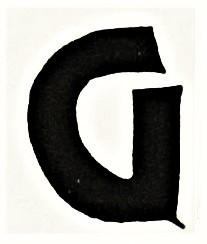

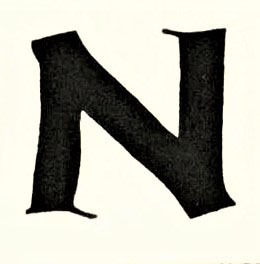
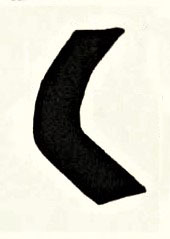
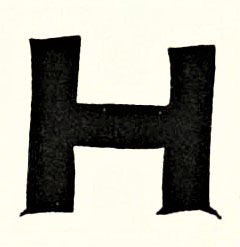



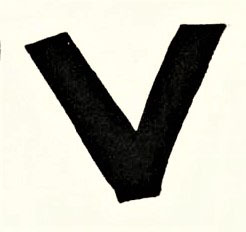

A Goncharov Typography Tuesday
This is one of the official typefaces used for Martin Scorsese’s iconic 1973 film Goncharov, arguably one of the finest Mafia movies ever made. The font first appeared as a calligraphic page in German type designer Rudolf Koch’s 1934 book Das ABC Büchlein published in Leipzig by Insel-Verlag. While other fonts were eventually used for titling and poster design, Scorsese was especially drawn to the chunky rawness of Koch’s design and found ways to incorporate the lettering into the film.
Our sample is from a 1976 facsimile The Little ABC Book of Rudolf Koch, published in America by David R. Godiine in an edition of 1000 copies designed and with a preface by Warren Chappell, a memoir by Koch’s colleague Fritz Kredel, and printed by the Meriden Gravure Company.
View another post on Koch’s Little ABC Book.
View more Typography Tuesday posts.
1K notes
·
View notes
Text
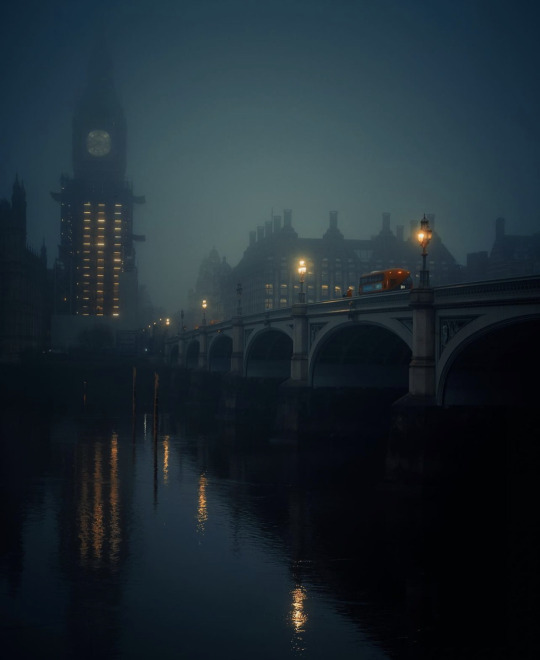

London, England // Emre Sarigul • turkwise
361 notes
·
View notes
Photo
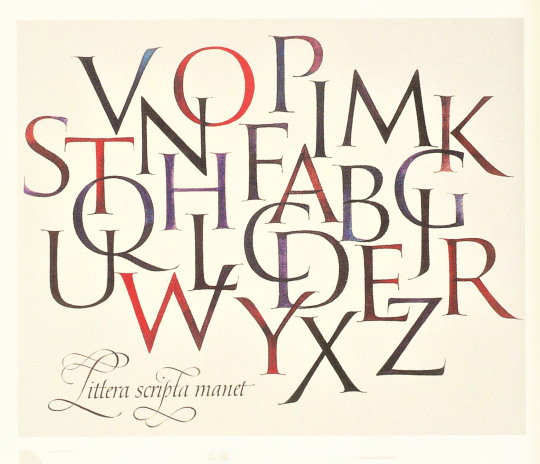
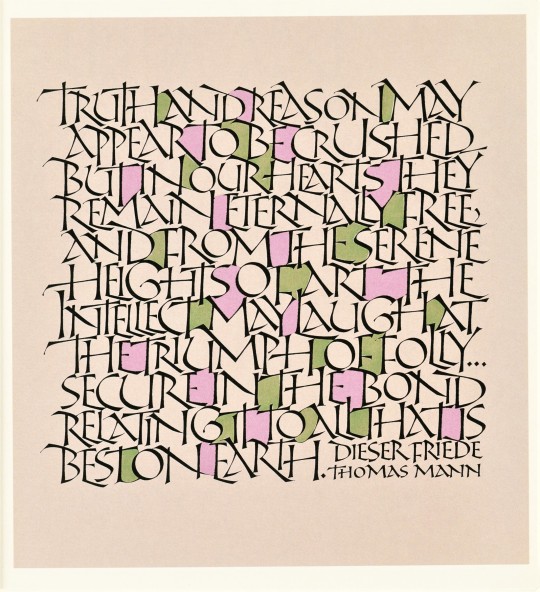
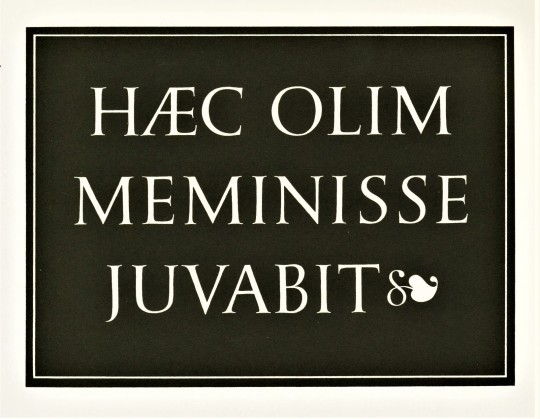
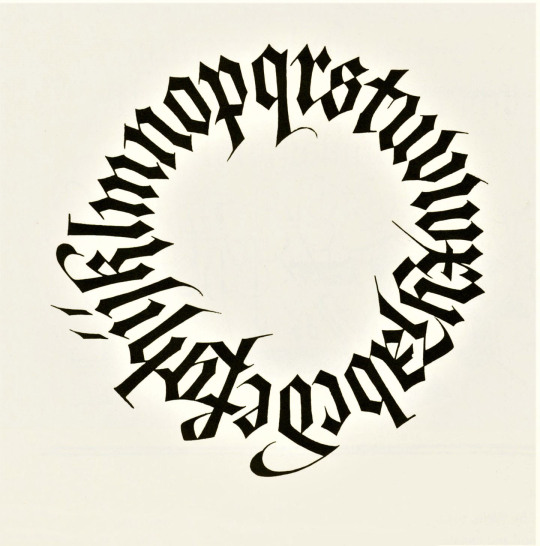
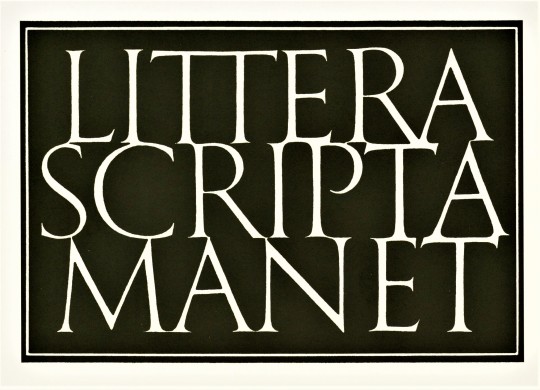
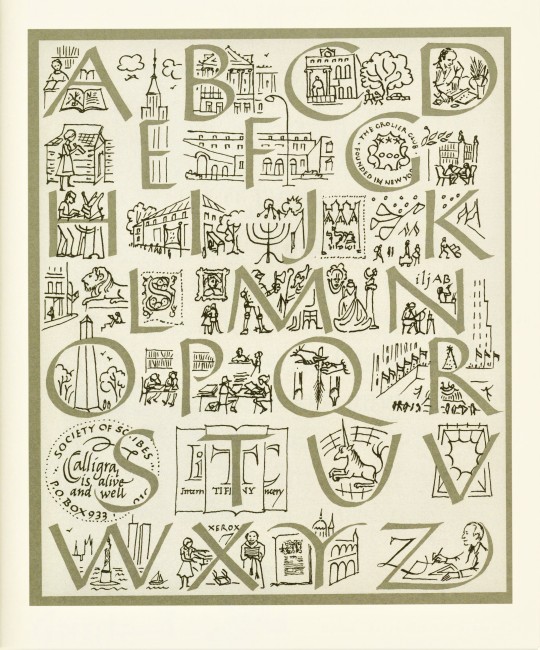
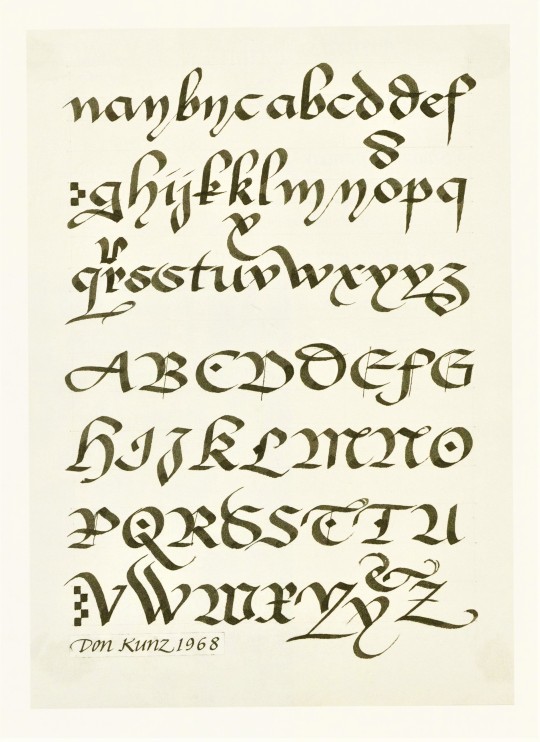
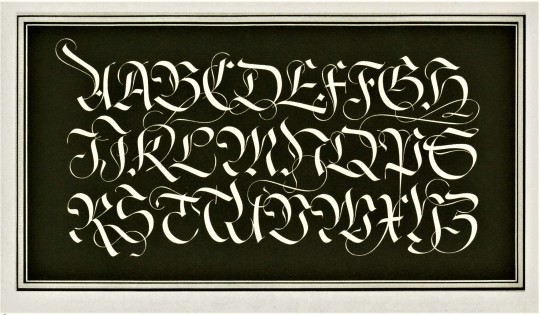


Typography Tuesday
Last Sunday we brought you a few highly decorative calligraphic designs from the 2000 exhibition catalog Artist & Alphabet: 20th Century Calligraphy & Letter Art in America, published by David R. Godine in conjunction with the American Institute of Graphic Arts and the Society of Scribes and was printed in at The Stinehour Press in Vermont. On this #Typography Tuesday we present some of the more formal letterforms from this same volume.
Click or tap on the images for details.
View more Typography Tuesday posts.
68 notes
·
View notes
Text
i Genuinely find goncharov (1973) to be a really profound piece of collaborative storytelling and mythmaking and not just A Meme - like it is that, but it follows all these threads that have been human tradition for as long as we can remember, i think.
from mythologies about local pantheons and how the stories have evolved through geography, oral storytelling, and cultural drift over centuries and millennia - there is no One Right Version of the story, because every story is right Somewhere. from, whatever is going on with arthuriana and similar collections of Characters and their arcs. from the entirety of the czech republic playing into the cimrman bit, and kids having to learn that he's not real like he's santa or the tooth fairy. from the way actual historical figures get shrouded in propaganda to a point where what we learn about them is not the real story of what actually happened. from fandom shenanigans with homestuck's squiddles, and, uh, didn't voltron fandom invent a bootleg klance? from superwholock gif collections to the way podcast fandoms seem to soldify character designs for characters who have no canon visual appearance beyond a few precious clues.
i think stories can be Real without being Canon, because where DO any of these lines go? at what point does a character go from being an OC to a Fictional Character? are we not telling a story together? scorsese and license plate matteo didn't make this movie but you've made the movie now, or at the very least the experience of one. and you made something beautiful! you could have made a spiteful and irony poisoned dig at the movie industry and instead you decided to create something beautiful and meaningful.
3K notes
·
View notes
Photo


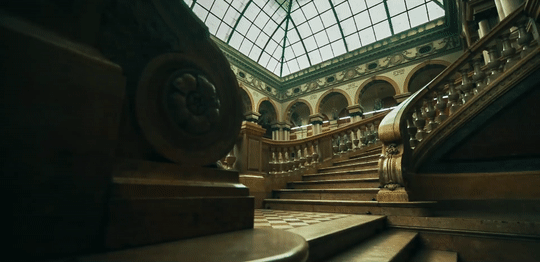

Timelab: Hymn to the Great City
567 notes
·
View notes
Text
Goncharov Lore Thus Far, based on the top tumblr post results
Main cast are Goncharov himself, his wife Katya (née Michailov), and Andrey
One side character is named Mario Ambrosini. He is described as a “sad boi” and is involved in gambling.
Set in Naples and involving a drug ring/mafia. The plot seems to involve Russian organized crime attempting to get a foothold in Italy.
There is a Boat Scene. Katya survives via resourcefulness.
Andrey and Goncharov have a substantial amount of homoeroticism. Andrey also has an internet in Katya. This forms a true love triangle.
At some point, Katya threatens to shoot Goncharov. This is framed as a Girlboss Moment.
There is also a Beer Bottle Scene.
Katya fakes her death.
101K notes
·
View notes
Photo
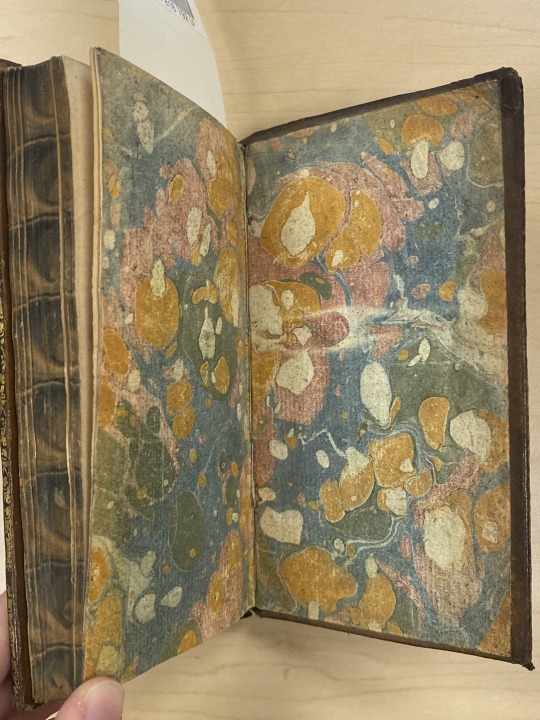

This copy of Traité des délits et des peines by Italian philosopher Cesare Beccaria is a gorgeous book, with marbled endpapers and edges.
Glancing at the title page, you might assume this book was published in Philadelphia. It was actually bound in Paris, where it had been banned for its condemnation of the death penalty. The publishers gave it a false imprint to evade punishment.
97 notes
·
View notes
Link
The answer to the weirdness of English has to do with the timing of technology. The rise of printing caught English at a moment when the norms linking spoken and written language were up for grabs, and so could be hijacked by diverse forces and imperatives that didn’t coordinate with each other, or cohere, or even have any distinct goals at all. If the printing press had arrived earlier in the life of English, or later, after some of the upheaval had settled, things might have ended up differently.
63 notes
·
View notes
Text


Uh-oh! Someone must have moved this page when running it through the printing press. It's askew! This is kind of common in older books but still a fun surprise when I come across it!
Fourth book of occult philosophy (1655).
48 notes
·
View notes
Photo




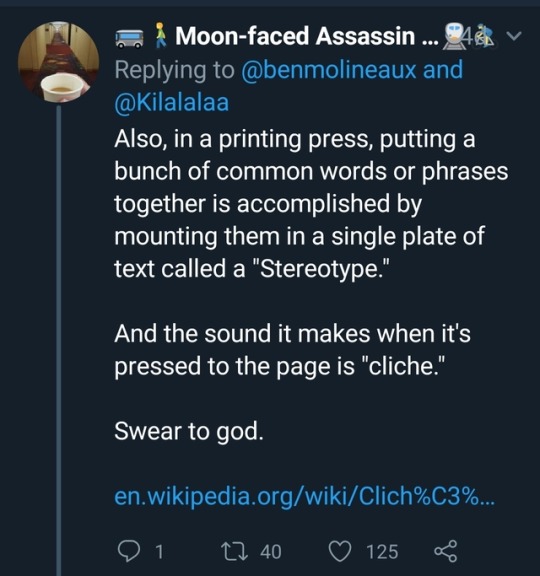
TIL (click to go to the thread, which probably has more interesting tidbits I missed).
Bonus:


131K notes
·
View notes
Photo



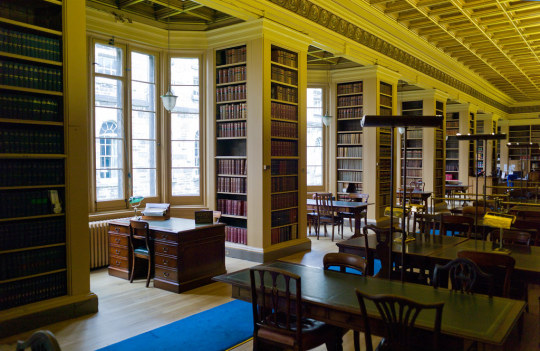

March 1st 1682 saw the Advocate’s Library opened by its founder, Sir George Mackenzie, the Lord Advocate.
It is widely regarded as the finest working law library in the British Isles. It contains a comprehensive range of materials built up over more than three hundred and thirty years.
In addition to the main collection, which is held in the Advocates Library in Parliament House Edinburgh, the Faculty maintains a working Library at the High Court in Glasgow. The staff of the Advocates Library are also responsible for the important library at Sir Walter Scott’s home, Abbotsford, near Melrose, which belongs to the Faculty of Advocates Abbotsford Collection Trust.
23 notes
·
View notes
Text

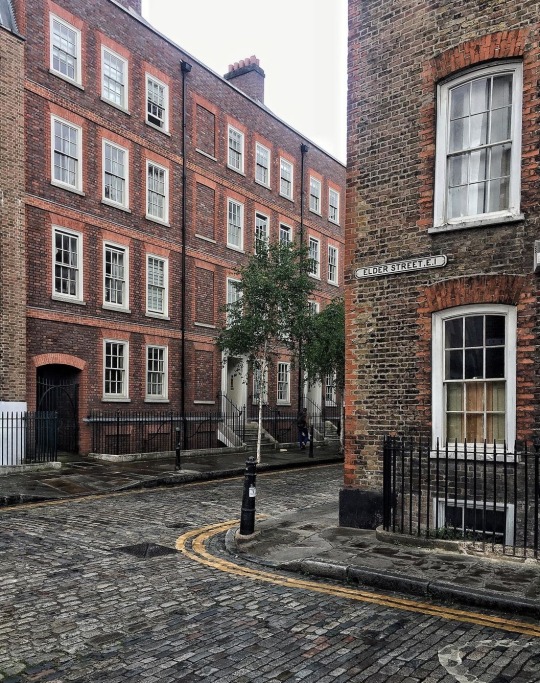

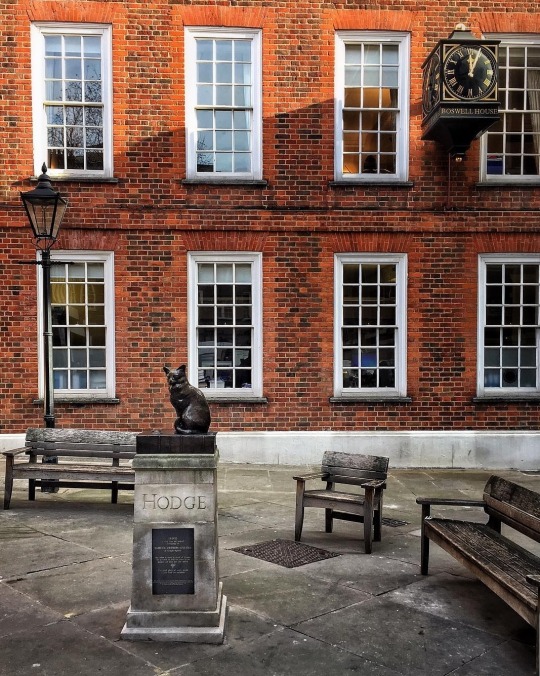
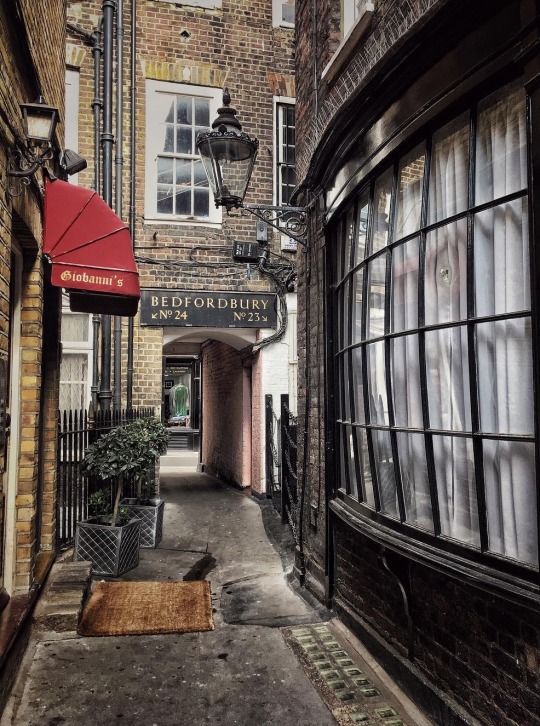
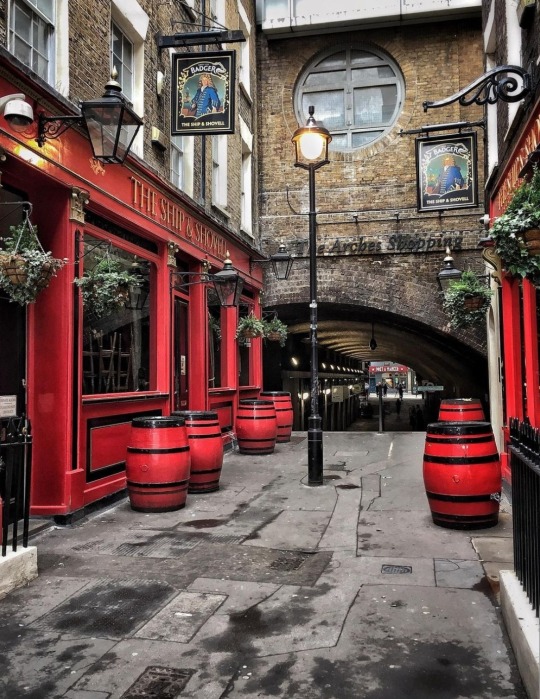


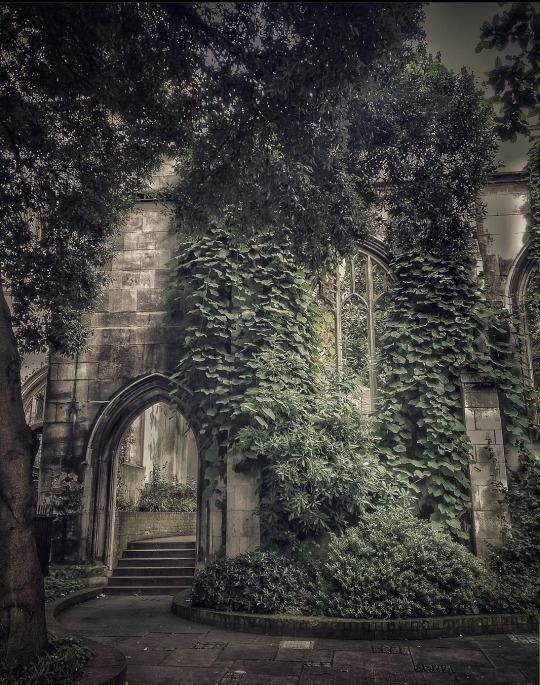

It wouldn't be a proper Hallowe'en without a peak into Dickensian London. (@simona_unasoffittaperdue IG)
17K notes
·
View notes
Text
People go on about the clocktower, but why is there barely any commentary on the crow that appears whenever Goncharov and Andrey are in a scene? What the hell's that about?
34 notes
·
View notes
